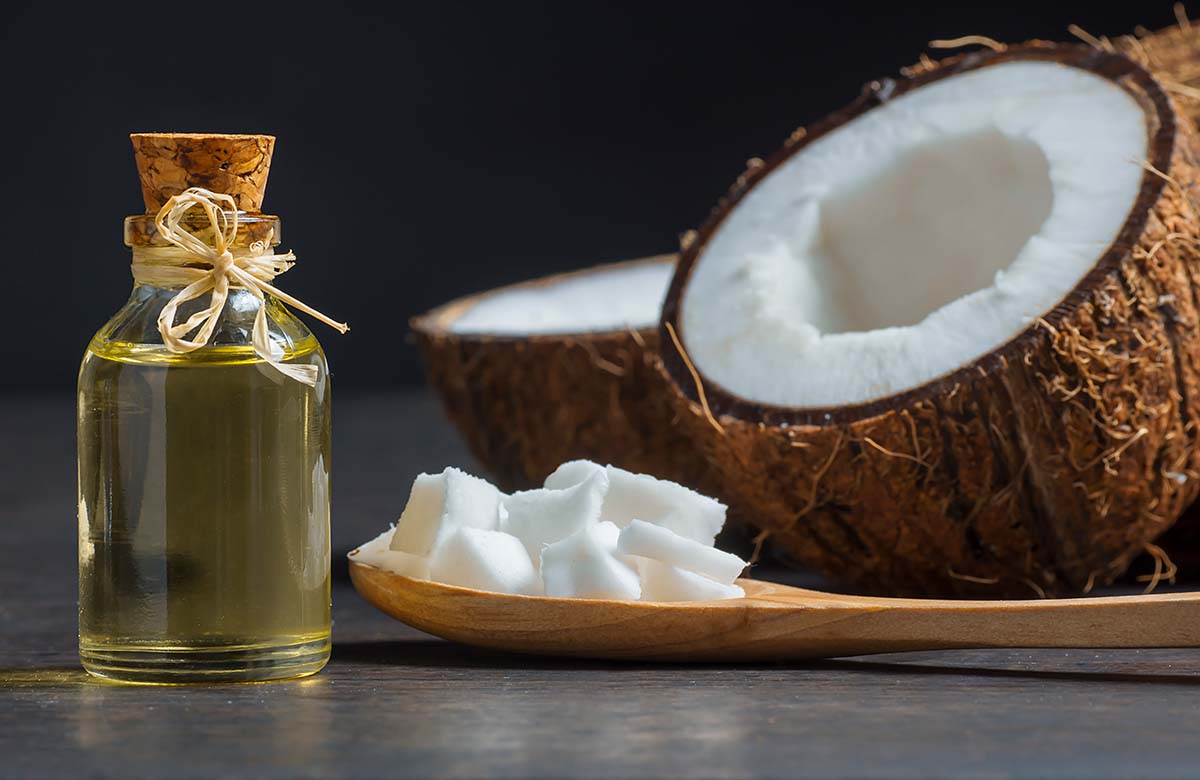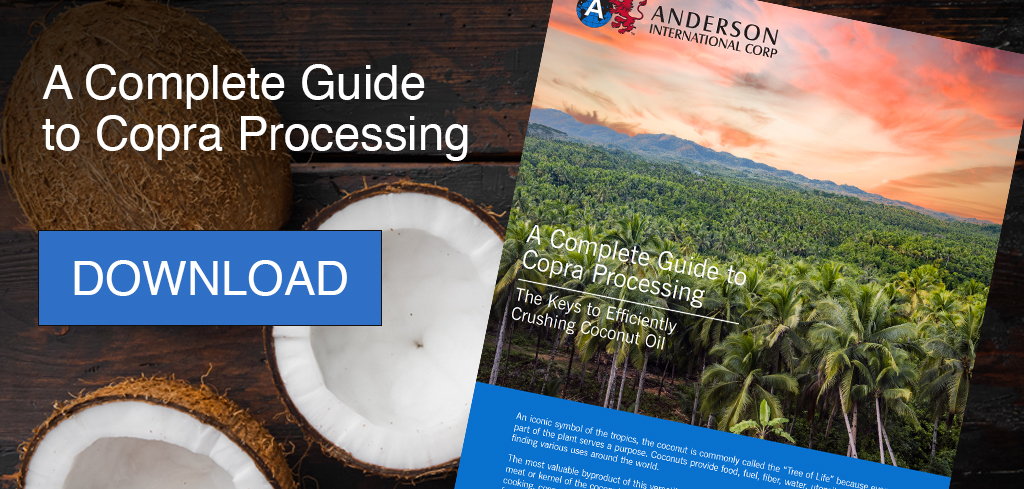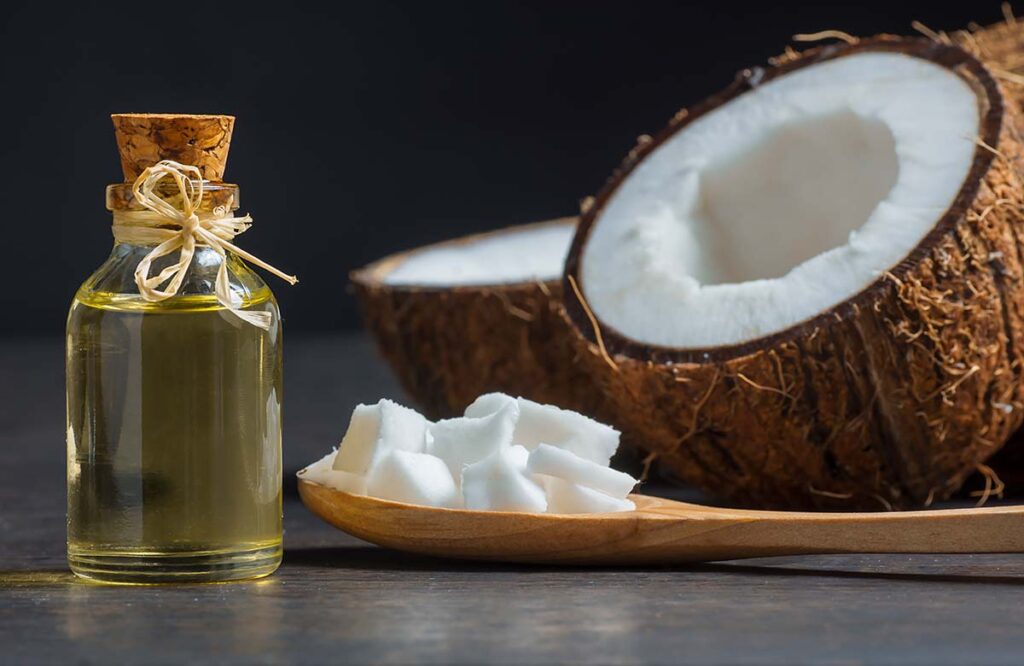
Every single part of the coconut serves a purpose, earning the versatile plant its nickname as the “Tree of Life.” The husk provides fiber or coir used in ropemaking, the hard woody shell can be burned for charcoal, and the edible meat and water inside are consumed worldwide. But the most valuable byproduct of this multifunctional fruit is copra oil, which is pressed from dried coconut meat for many different applications.
With a rich history dating back to the 5th century, coconuts have long been cultivated in tropical regions throughout the Pacific Islands, India, China, Africa, and South America. Today, global coconut oil production exceeds 3.5 million metric tons (MT), with the Philippines and Indonesia producing more than three-fourths of the world’s supply. The worldwide market is set to reach nearly $5 billion by next year.
Copra oil continues to see steady demand thanks to its distinctively tropical flavor and aroma, potential health benefits, and unique fatty acid profile. This unique composition gives coconut oil value across various uses, from cooking to cosmetics to industrial applications. By understanding how to press this oil from copra more efficiently, processors can tap into the growing potential of this valuable fruit.
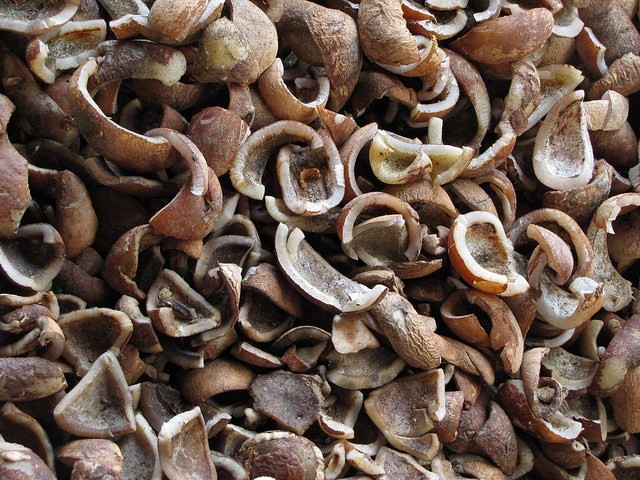
Copra oil is pressed from dried coconut meat.
Pre-processing coconuts
Harvesting coconuts for copra is a labor-intensive process. Farmers and plantation workers manually remove the fibrous outer husk, then split open the coconut shell to drain the liquid. While it’s possible to process these raw kernels into virgin coconut oil, the meat is often dried to obtain copra, which is then processed into copra oil.
Fresh coconut meat contains about 50% moisture and 34% oil by weight, so it must be dried before processing. To dry the meat, coconut farmers either put halved coconuts in the sun or smoke them over fires fueled by burning coconut coir. Unfortunately, none of these drying processes are consistent or controlled, so moisture levels might vary wildly from 5% to 20% by weight when the copra leaves the farm.
Unlike other oilseeds that arrive at the processing plant as small seeds, copra comes in large, roughly hewn chunks that must be further broken down before pressing. Size reduction steps typically include:
- A hammer mill (or two) to grind the copra chunks into roughly half-inch pieces (10-12 mm).
- A cracking mill to break these pieces down to about one-eighth of an inch (3 mm).
- A flaking mill that rolls the material to 1/32” or less than one millimeter thick.
After grinding, cracking, and flaking, copra can be pressed like other oilseeds to extract the valuable oil.
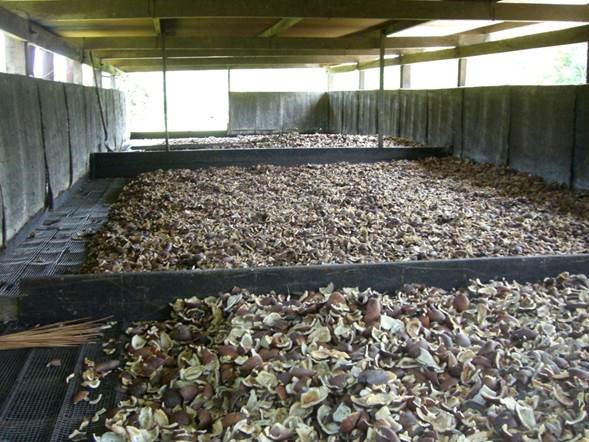
Copra drying process.
Processing copra oil
Traditionally, processors feed flaked copra into stacked cooking and drying vessels, which reduce the moisture levels down to about 3 or 4% by weight. Then, dried flakes are crushed in a screw press expeller to separate the copra oil from the solid meal.
Containing up to 70% oil by weight, coconuts have the highest oil content of any oilseed. To capture as much of this oil as possible, processors press copra twice by running the material through two presses or the same press again. This approach uses twice as much energy and potentially doubles the equipment footprint in the plant.
That’s why hundreds of copra oil processing facilities throughout the Philippines and Indonesia use the Anderson Super Duo™ Series Expeller®. The unique dual-press design of this expeller crushes the copra twice in a single pass, enabling the most efficient use of horsepower without requiring additional energy or equipment. Ideal for capacities of 10 to 30 tons per day, the Super Duo can achieve low residual oil levels under 6%—even on stubborn material like copra.
Exploring copra extrusion
Although most copra oil mills rely on the double-press approach, processors are exploring more efficient extraction methods as the demand grows. Now, they’re installing high-shear dry extrusion systems to reduce the number of steps (and the amount of equipment and energy required) to process coconut oil.
For example, one of Anderson’s clients in India uses the Anderson Dox™ Extruder to cook, dry, and shear copra with a single piece of equipment. This multifunctional machine breaks down copra with heat and high pressure to maximize the extraction process. Instead of drying copra to 3% moisture for an expeller, the material can be fed into the extruder with moisture levels between 6-8%. It quickly cooks and further dries the material in about 30 seconds, compared to 30 minutes in a traditional cooking vessel.
The Dox Extruder reduces a facility’s equipment footprint and energy consumption for more efficient pressing by eliminating the need for multiple grinders and cooking vessels. When the Dox is installed upstream, this workhorse machine can double the capacity of the downstream press to achieve residual oil levels below 6%.
Also read: How High-Shear Dry Extrusion Advances Greener Oil Milling
Using copra products
While virgin coconut oil is processed directly from raw coconut meat or milk without any chemical processing, crude copra oil must be further refined to remove impurities. The refining process generally includes:
- De-gumming with heat and acid to remove phospholipids
- Bleaching with activated charcoal to remove unwanted pigments
- Filtering to remove acids
- Deodorizing with steam in a vacuum to remove odors and free fatty acids
These steps strip coconut oil of its distinctive aroma and some of its nutrients, so manufacturers often add these components back into the final product.
Copra oil contains a high proportion of saturated fat to unsaturated fat, giving it a longer shelf life than other vegetable oils that are high in unsaturated fats. Many of the fatty acids in coconut oil are absorbed and metabolized into energy more rapidly than other fats. For this reason, many people tout coconut oil as part of a healthy diet. It is also high in minerals like manganese, which help maintain healthy functions of the brain, immune, and nervous systems.
Although it’s widely consumed in cooking and baking applications, coconut oil serves a variety of other uses. Its unique fatty acid composition gives it other valuable qualities like moisturizing (when applied on the skin as a topical), antibacterial (when swished in the mouth like a mouthwash), and quick lathering (when used to produce specialty soaps and surfactants). Some studies suggest that it contains antiviral properties, which make it useful in pharmaceuticals to fight viruses like herpes and influenza.
Even copra meal serves a useful purpose after the oil is extracted. Although the meal contains too much fiber to be safely consumed by humans, it can supplement animal feed for ruminants like cattle as a high-quality source of protein.
Read more: Capitalizing on Specialty Oils and Fats with the Anderson Super Duo
Copra oil opportunities
As the demand for copra oil continues to grow, processors stand to profit from the “Tree of Life” if they can find ways to crush this nut more efficiently and economically. By reducing the number of energy-draining steps and equipment involved in pressing this versatile fruit, coconut oil manufacturers can streamline the process.
With decades of experience pressing this tough nut, Anderson International understands the challenges and opportunities surrounding copra oil processing. Anderson can provide both the expertise and the equipment to help processors maximize yields and profits to be successful in this market.
To learn more about the opportunities hiding inside every coconut, contact an expert Anderson representative today.
